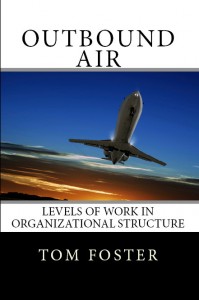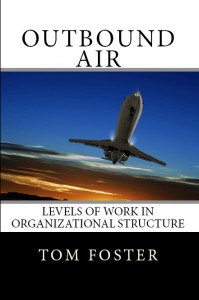From Outbound Air –
“So, what did you think?” Jim asked.
Kevin DuPont stared into the corner of the room, not making eye contact with Jim. “I am not sure. That was a pretty awkward meeting. Before it started, I agreed with you. I mean, all we did was change the name of the meeting. But I can put two and two together. I didn’t like the reaction of the team.”
“What did you expect?” Jim asked.
“I don’t know. What did you expect?” Kevin replied.
“Exactly what we got. Panic. Except for Javier. He was the only calm head in the room. Of course, you cut the meeting short.”
“Well, yes. Couldn’t you feel the tension? Tough enough that morale is bad, now we have, what did you say, panic?”
Jim chuckled. “You young guys just don’t have the patience. Didn’t you know that all you had to do was outlast the panic?”

